Looking for a garden that gets fuller and more beautiful each year—without constantly spending on new plants? Some plants are natural multipliers, spreading by roots, bulbs, or self-seeding to fill your garden with lush, vibrant growth season after season. With just one purchase, these botanical wonders reproduce on their own, saving you time and money.
From daylilies and hostas to mint, strawberries, and yarrow, these plants are not only easy to grow, but also expand effortlessly, giving you more blooms, greenery, and even food over time. Perfect for gardeners who love low-maintenance abundance, these varieties thrive with minimal effort and often get better year after year.
Discover 24 amazing plants and flowers that multiply on their own, and start building a self-sustaining garden that grows with you!
Mint
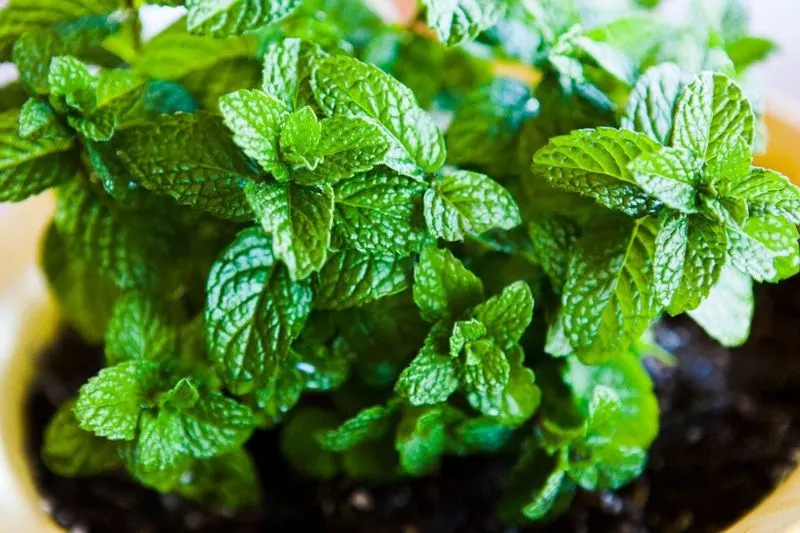
Mint is a popular herb known for its rapid growth and spreading habit. Its fragrant leaves are not only delightful in culinary dishes but also a natural insect repellent. Once planted, mint tends to take over garden spaces if not contained, making it one of those plants you only buy once. Consider planting it in a pot to keep its vigorous nature in check. Its ability to thrive in various conditions makes mint an easy choice for both indoor and outdoor gardens. Plus, who can resist a refreshing mint tea brewed right from the garden?
Daylilies
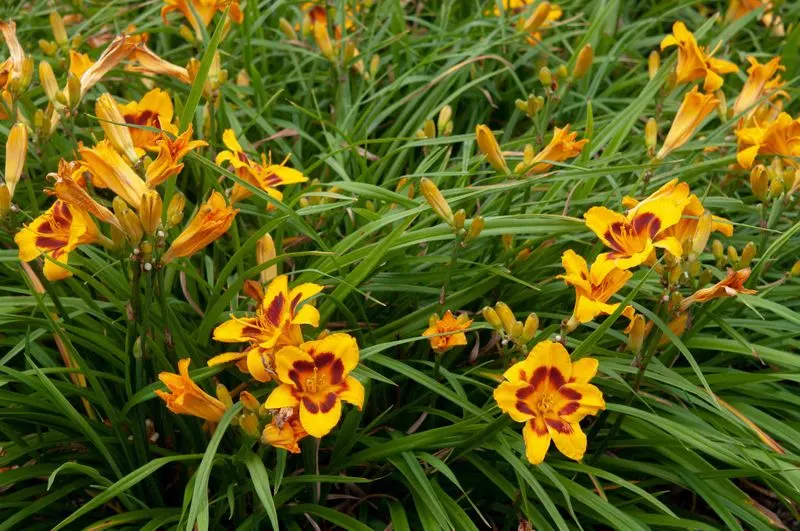
Daylilies are a gardener’s delight with their cheerful blooms that appear year after year. These perennials multiply through tuberous roots, forming large clumps over time. With a spectrum of colors to choose from, they fit any garden theme. Daylilies require minimal care and are drought-resistant, making them perfect for novice gardeners. Their ability to thrive in various soil conditions is truly remarkable. Plus, they attract pollinators, adding life and vibrancy to your outdoor spaces. Whether in a formal garden or a casual wildflower patch, daylilies shine brightly.
Lavender

The aromatic allure of lavender is undeniable. Known for its calming scent and vibrant purple blooms, lavender is a perennial favorite. Once established, it spreads easily, forming lush clumps that return each summer. Ideal for sunny spots, lavender thrives in well-drained soil and requires little maintenance. Its versatility extends beyond the garden as its fragrant flowers can be used in sachets, oils, and culinary dishes. Lavender’s charming presence is a gift that keeps on giving, providing beauty and tranquility season after season.
Hostas
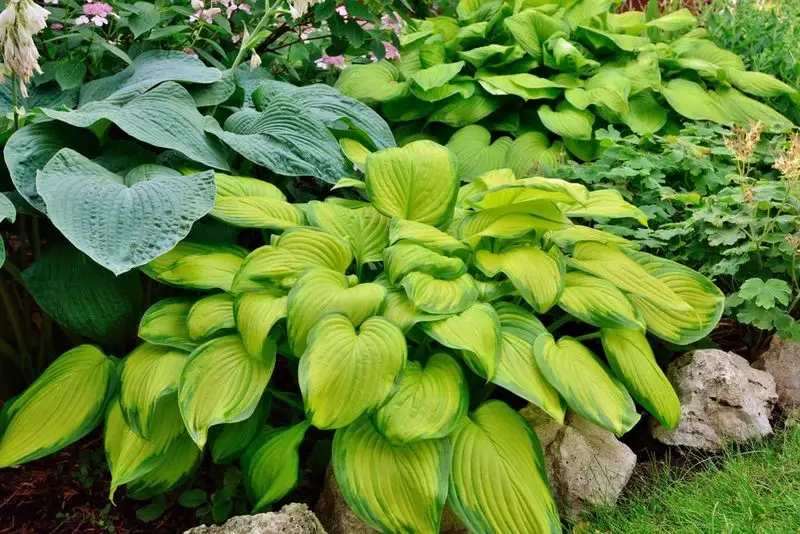
Hostas are celebrated for their lush foliage and adaptability to shade. With leaves in various shades of green, blue, and yellow, they offer a rich tapestry of color. These plants spread through underground rhizomes, expanding their reach effortlessly. Hostas require minimal care and are ideal for filling bare spots under trees or in shaded areas. Their diverse leaf patterns add texture and depth to any garden design. Whether you’re looking to create a serene woodland garden or simply add some greenery, hostas are a reliable choice.
Ferns
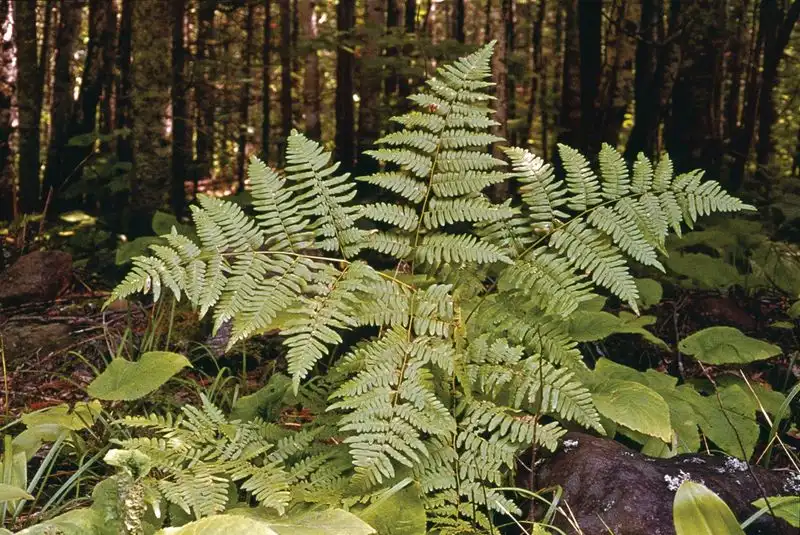
Ferns, with their feathery fronds and lush green appearance, evoke a sense of serenity and timeless beauty. These ancient plants reproduce via spores and can quickly spread across a garden area. Ideal for shady spots, ferns add a touch of elegance to any landscape. Their ability to thrive in low-light conditions makes them perfect companions for woodland gardens. With minimal maintenance required, ferns are a delightful addition to any plant collection. Whether as ground cover or standalone specimens, their charm is undeniable.
Sedum
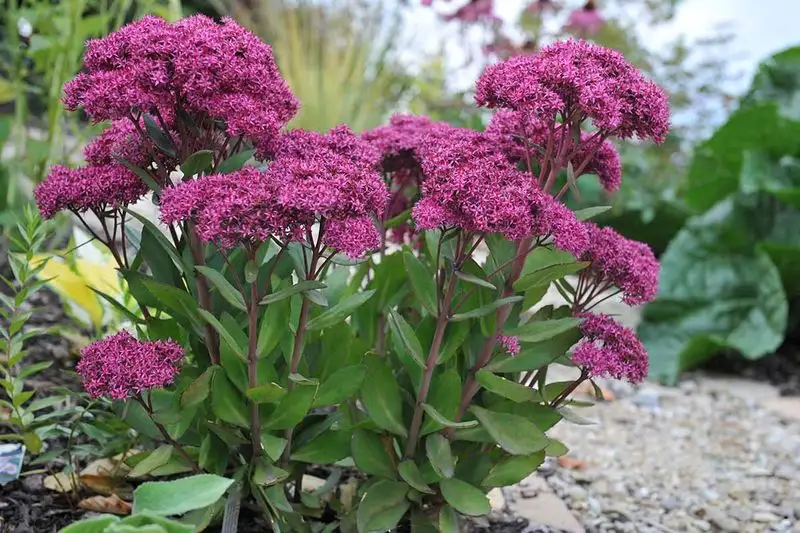
Sedum, often called stonecrop, is a succulent that adds beauty to any garden with its fleshy leaves and star-shaped flowers. Known for its resilience, sedum thrives in poor soil and requires minimal water. As a ground cover, it spreads easily, forming vibrant carpets of color. Sedum’s versatility makes it suitable for rock gardens, borders, or containers. Its nectar-rich flowers attract pollinators, adding life to your garden. With so many varieties to choose from, sedum’s adaptability ensures it becomes a favorite among gardeners.
Chives
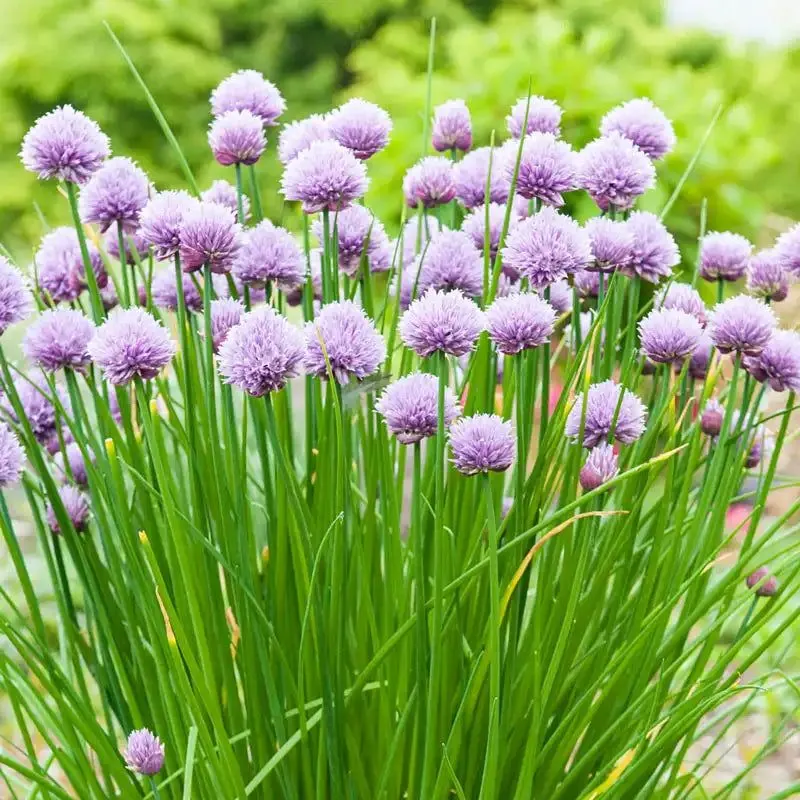
Chives offer a burst of flavor and color to any garden. These onion relatives produce clumps of slender green leaves topped with purple pom-pom flowers. Once established, they multiply quickly, creating lush patches that return year after year. Chives are not only a culinary delight but also attract beneficial insects, enhancing garden biodiversity. Perfect for containers or garden beds, they require little maintenance and thrive in various climates. Whether used fresh in dishes or as ornamental plants, chives are a must-have.
Black-eyed Susans

Black-eyed Susans, with their cheerful yellow petals and dark centers, are a summertime staple. These hardy perennials spread through rhizomes and self-seeding, ensuring a vibrant display season after season. Adaptable to various soil conditions, they are perfect for wildflower meadows or cottage gardens. Their bright blooms attract butterflies and bees, adding movement and color to your garden. Minimal care is needed, making them ideal for gardeners of all levels. Black-eyed Susans are a joyful addition to any landscape, embodying the essence of summer.
Bamboo

Bamboo is a symbol of strength and flexibility, known for its rapid growth and towering presence. Once established, it spreads vigorously through underground rhizomes. Ideal for creating natural privacy screens or windbreaks, bamboo adds an exotic touch to gardens. Its graceful stalks and lush foliage create a soothing, zen-like atmosphere. Bamboo’s fast-growing nature requires careful management, often benefiting from containment strategies. Whether used in landscaping or as a focal point, bamboo offers both aesthetic and functional benefits to garden spaces.
Comfrey
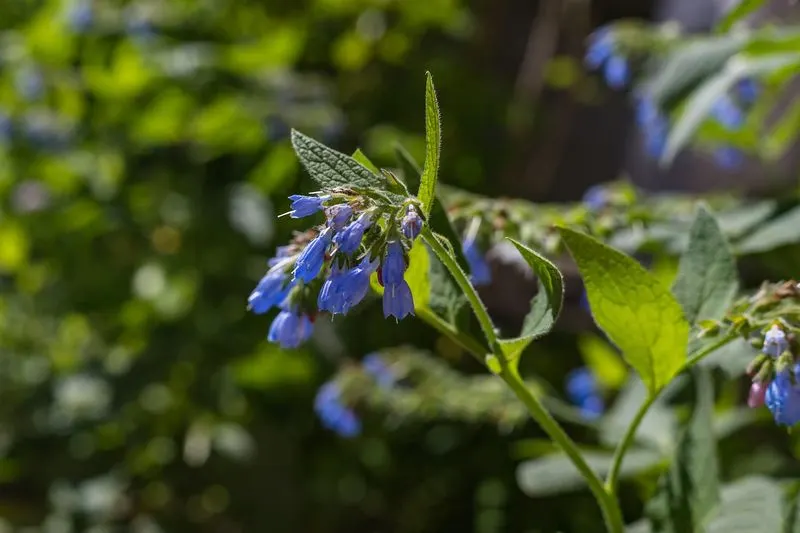
Comfrey is a powerhouse plant known for its medicinal properties and rapid growth. With its deep roots, it draws nutrients from the soil, benefiting surrounding plants. Once planted, comfrey spreads through rhizomes, creating dense patches over time. Its large leaves and purple flowers add visual interest to any garden. Comfrey is often used in permaculture for its soil-enriching qualities and as a natural fertilizer. In addition to its practical uses, comfrey’s lush appearance brings a touch of wild beauty to garden spaces.
Raspberry
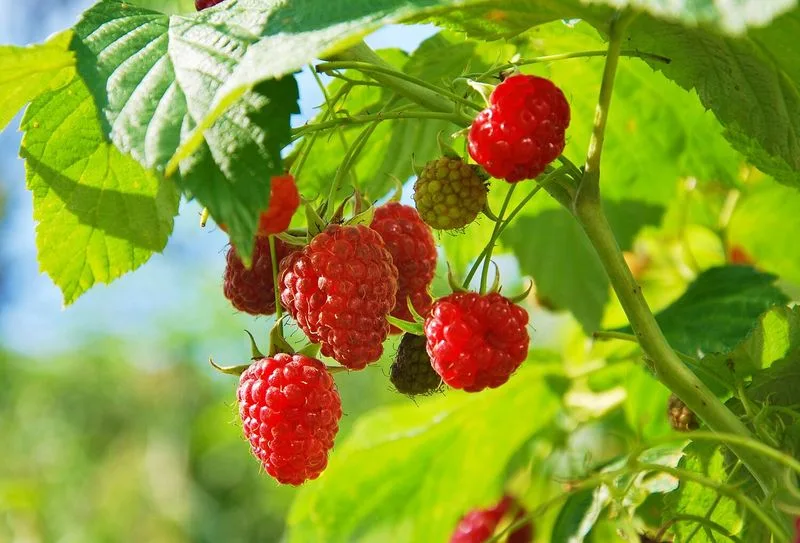
Raspberry bushes are a delightful addition with their sweet, juicy berries and lush foliage. These perennials spread through underground runners, expanding their reach each season. Raspberries thrive in sunny spots with well-drained soil, providing bountiful harvests year after year. Their vibrant berries attract wildlife, adding life to garden spaces. Minimal pruning is needed to promote healthy growth and fruit production. Whether enjoyed fresh from the bush or used in jams and desserts, raspberries offer both aesthetic and culinary pleasures.
Thyme
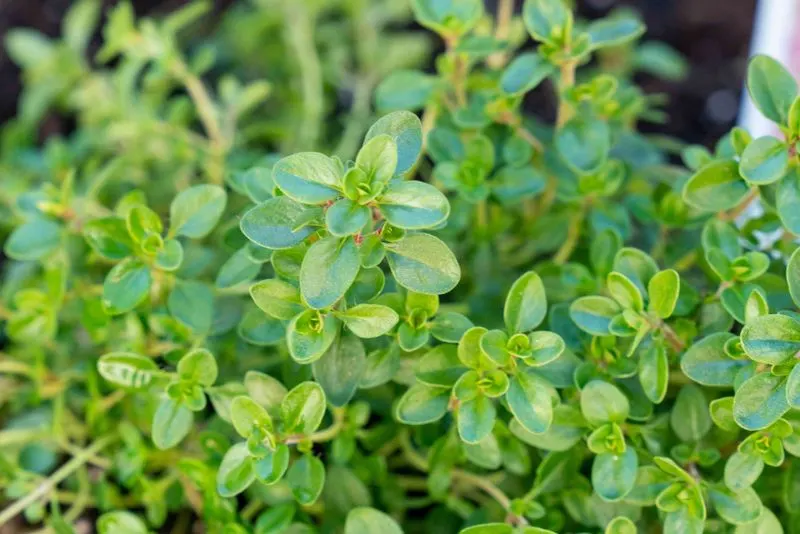
Thyme, with its aromatic leaves and delicate flowers, is a versatile herb loved by gardeners. Once established, it spreads steadily, forming dense mats that return each year. Ideal for edging, rock gardens, or containers, thyme thrives in sunny, well-drained conditions. Its fragrant leaves enhance culinary dishes, while its flowers attract pollinators. With minimal care required, thyme offers both beauty and utility to garden spaces. Whether used as a ground cover or in herb gardens, thyme is a delightful companion for plant enthusiasts.
Creeping Jenny
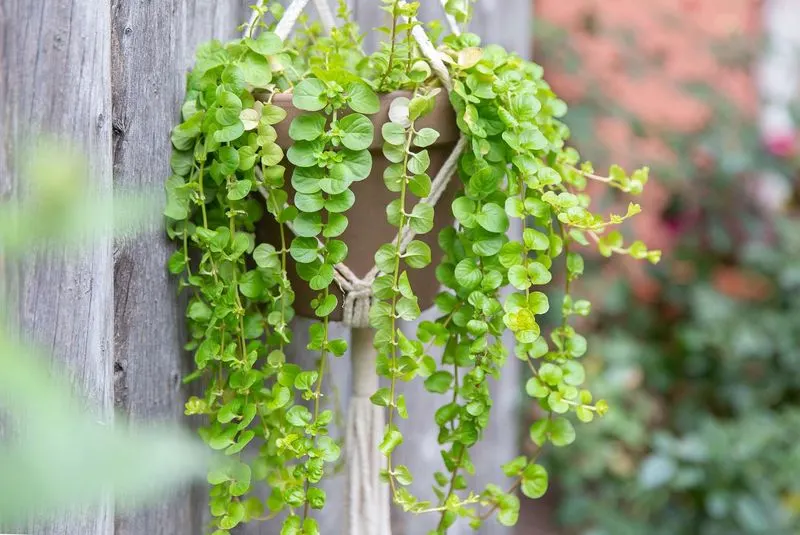
Creeping Jenny, with its bright golden leaves, adds a splash of color to any garden. This low-growing perennial forms dense mats, spreading easily across garden borders or containers. Its trailing habit makes it ideal for hanging baskets or as ground cover. Creeping Jenny thrives in moist, well-drained soil and can tolerate partial shade. Its vibrant foliage adds contrast and interest, complementing other plants. Whether used to soften edges or fill in gaps, Creeping Jenny’s cheerful presence brightens garden spaces.
Water Hyacinth
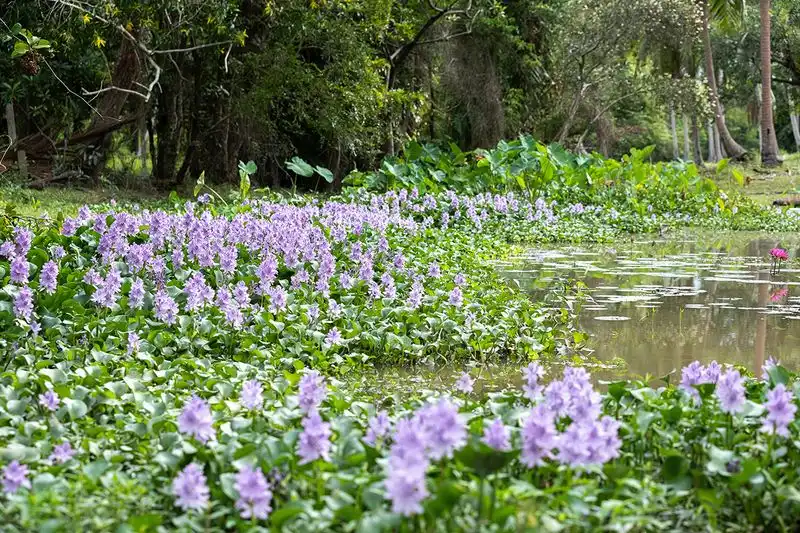
Water hyacinth is an aquatic wonder with its glossy leaves and stunning purple flowers. Known for rapid multiplication, it floats gracefully on water surfaces, creating a lush, green mat. Perfect for ponds or water features, water hyacinth provides shade and oxygen for aquatic life. Its fast-growing nature requires careful management to prevent overcrowding. Despite its invasive reputation, water hyacinth’s beauty and ecological benefits make it a valuable addition to water gardens. Its presence brings tranquility and life to aquatic settings.
Spider Plant

With its air-purifying qualities and striking appearance, the spider plant is a favorite among indoor gardeners. This hardy plant produces arching leaves and small plantlets or “spiders” that dangle from stems. It thrives in a variety of conditions, making it perfect for beginners. Spider plants are known for their ability to multiply quickly, filling spaces with their lush greenery. Whether placed on a windowsill or in a hanging basket, their playful charm adds vitality to any room. Easy to care for, they are a joy to grow.
Lamb’s Ear

Lamb’s ear, with its velvety silver foliage, is a tactile delight in the garden. Renowned for its drought tolerance, this perennial spreads steadily, forming soft mounds that resemble lamb’s ears. Its unique texture contrasts beautifully with other plants, adding visual interest. Ideal for borders or rock gardens, lamb’s ear requires minimal care and thrives in sunny spots. The leaves’ silvery hue glows in the sunlight, creating a serene and inviting atmosphere. Whether admired for its texture or resilience, it remains a garden favorite.
Bee Balm
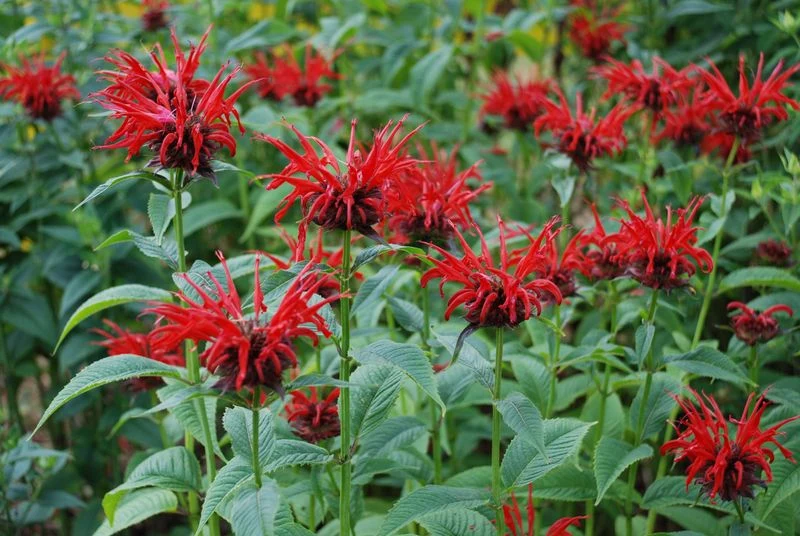
Bee balm, with its vibrant blooms and aromatic foliage, is a magnet for pollinators. Once established, this perennial spreads through underground runners, creating eye-catching clusters. Ideal for sunny borders or wildflower gardens, bee balm adds a burst of color with its pink, red, or purple flowers. Its leaves, often used for teas, release a minty fragrance when crushed. Bee balm’s lively presence not only enhances garden aesthetics but also supports local ecosystems. With minimal maintenance required, it’s a must-have for nature lovers.
Sedum
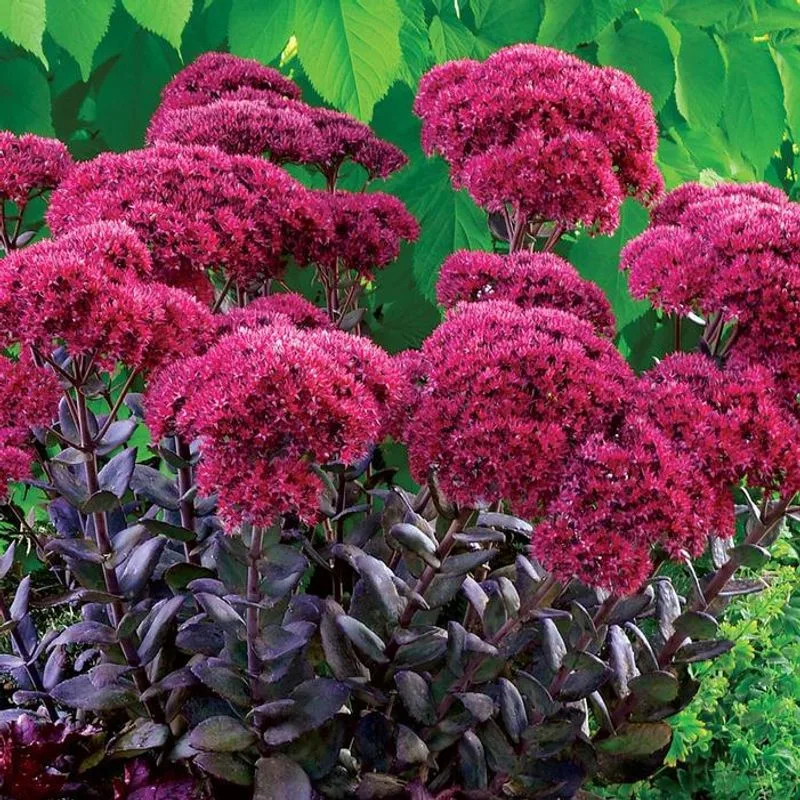
Sedum, often called stonecrop, is a succulent that adds beauty to any garden with its fleshy leaves and star-shaped flowers. Known for its resilience, sedum thrives in poor soil and requires minimal water. As a ground cover, it spreads easily, forming vibrant carpets of color. Sedum’s versatility makes it suitable for rock gardens, borders, or containers. Its nectar-rich flowers attract pollinators, adding life to your garden. With so many varieties to choose from, sedum’s adaptability ensures it becomes a favorite among gardeners.
Strawberries
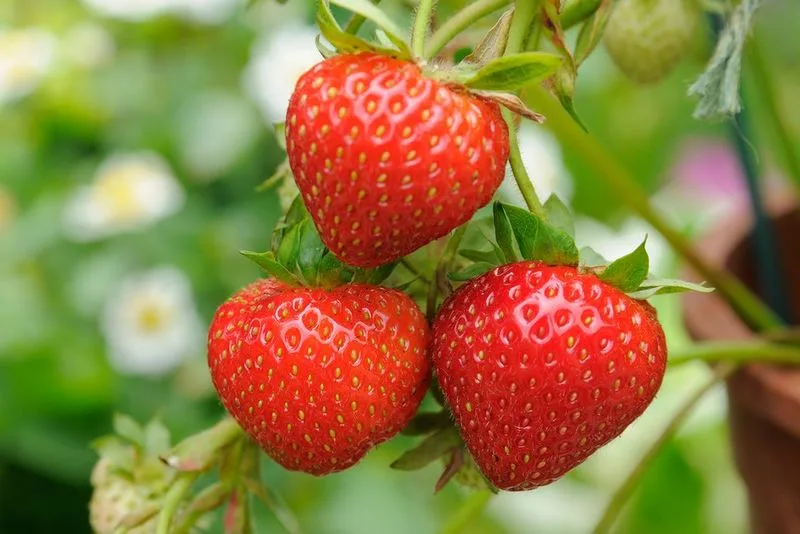
Strawberries are beloved for their sweet, juicy fruit and lush foliage. These perennials spread through runners, creating new plants that bear fruit in the following seasons. Ideal for sunny garden beds or containers, strawberries provide bountiful harvests with minimal effort. Their vibrant flowers attract pollinators, enhancing garden biodiversity. Whether enjoyed fresh, in desserts, or preserves, strawberries offer both visual and culinary delights. With a little care, they produce year after year, making them a rewarding addition to any garden.
Yarrow
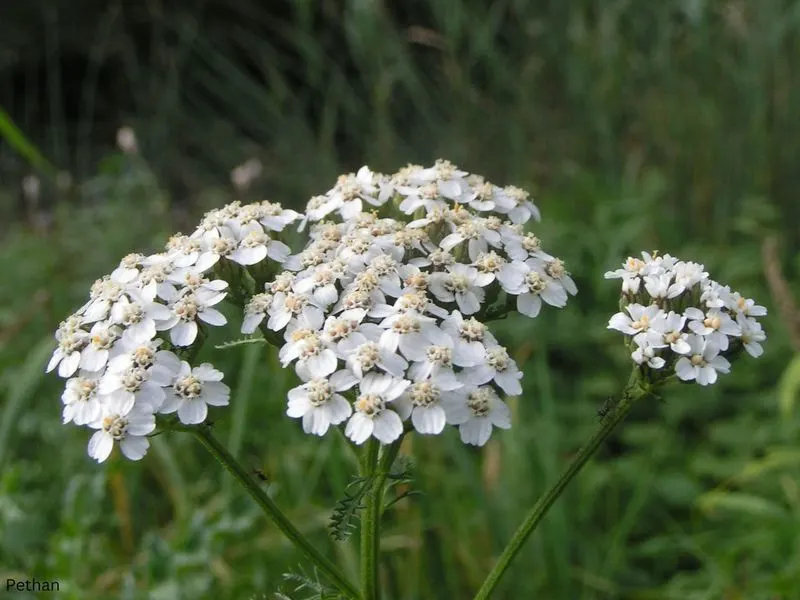
Yarrow, known for its feathery leaves and clusters of small blooms, is a resilient perennial that thrives in various conditions. Once planted, it spreads through rhizomes, creating dense clumps that return yearly. Yarrow’s flowers, in hues of white, pink, or yellow, attract beneficial insects, promoting garden health. Ideal for borders or naturalized areas, it requires little maintenance and is drought-tolerant. Yarrow’s beauty and practicality make it a versatile choice for diverse gardening styles, adding charm and structure.
Liriope
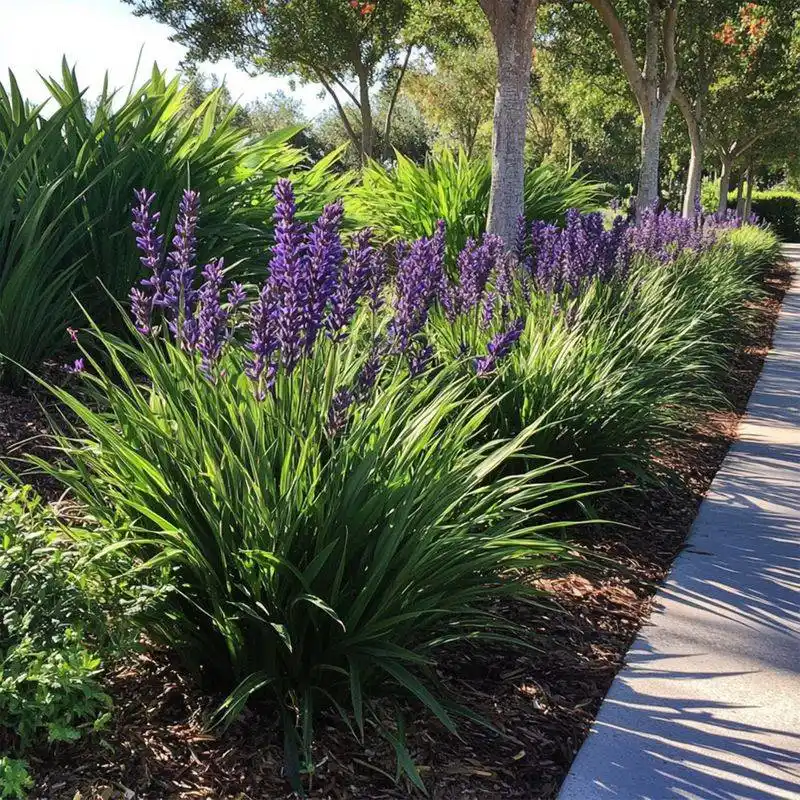
Liriope, often used as a ground cover, is celebrated for its grass-like leaves and spikes of purple flowers. Once established, it spreads through rhizomes, forming dense, low-maintenance mats. Liriope thrives in a range of conditions, from sun to shade, making it versatile for various garden settings. Its flowers add a pop of color late in the season, extending garden interest. Whether lining pathways or filling empty spaces, liriope’s robust nature and elegant appearance make it a reliable choice for any garden.
Oregano
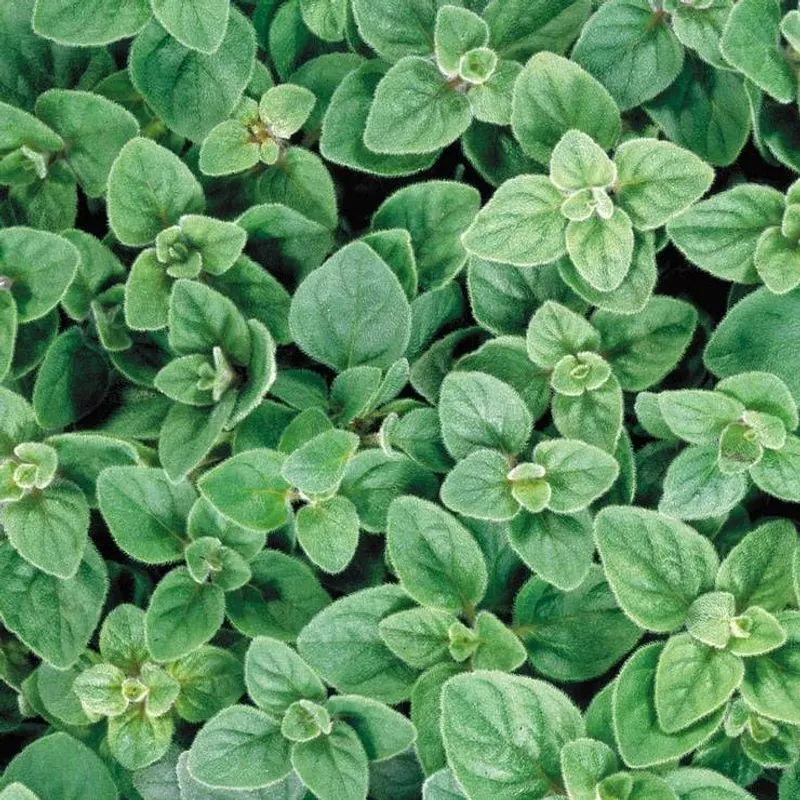
Oregano, a staple in Mediterranean cuisine, is cherished for its aromatic leaves and robust flavor. This perennial herb spreads through underground runners, forming sprawling clumps that return each year. Thriving in sunny, well-drained conditions, oregano requires minimal maintenance. Its tiny white flowers attract pollinators, enhancing the garden’s ecological balance. Oregano’s dual role as a culinary ingredient and ornamental plant makes it a valuable addition to any garden. Whether used fresh or dried, its flavor elevates dishes with its distinct taste.
Daffodils

Daffodils are synonymous with spring, heralding the season with their sunny blooms. These bulbs multiply naturally, creating expansive patches of color over time. Ideal for garden borders or naturalized areas, daffodils thrive in well-drained soil and full sun. Their cheerful flowers not only brighten landscapes but also deter pests, making them a practical choice for gardeners. The sight of daffodils swaying in the breeze is a timeless symbol of renewal and hope, offering a joyous start to the gardening year.
Creeping Thyme

Creeping thyme, with its fragrant foliage and charming flowers, is a versatile ground cover. Once established, it spreads easily, forming lush carpets that enhance garden paths or rockeries. Thriving in sunny, well-drained conditions, creeping thyme requires minimal care. Its tiny blooms attract pollinators, adding life to garden spaces. Whether used for its aromatic leaves or visual appeal, creeping thyme is a delightful addition to any garden. Its low-growing habit and resilience make it a favorite for creative landscaping projects.

